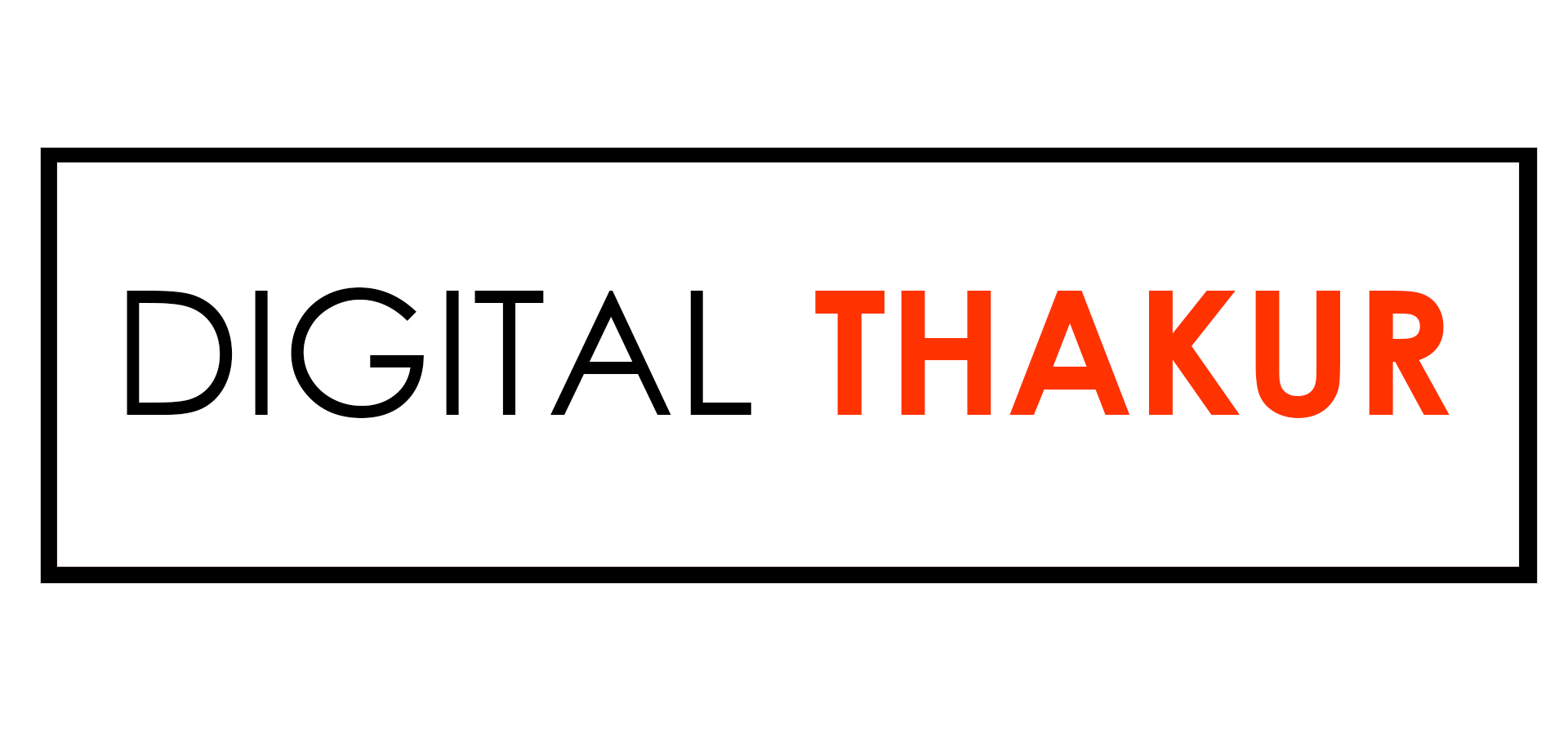
Cryptography is security used by digital-only financial exchanges known as cryptocurrencies. They aren’t real money like, say, dollars or pounds. The introduction of the first cryptocurrency, Bitcoin, more than ten years ago paved the path for the emergence of hundreds of additional rival cryptocurrencies.
These are the top 10 largest cryptocurrencies by market capitalization if you’re new to the world of cryptocurrencies. This sum, commonly referred to as “market cap,” represents the total value of all currently used currencies.
Market capitalization figures are constantly changing due to the law of supply and demand. The values in the table below are for October 3, 2022. Thus they are approximations.
1. Bitcoin (BTC)
Market Cap: $846 Bn
The first cryptocurrency, Bitcoin (BTC), was developed in 2009 by a person by the alias Satoshi Nakamoto. BTC is built on a blockchain, a ledger that keeps track of transactions over a network of thousands of computers, like most other cryptocurrencies. Because modifications to distributed ledgers must be verified by solving a cryptographic puzzle, a procedure known as proof of work, Bitcoin is kept secure and hidden from fraudsters.
The value of Bitcoin has increased as its ubiquity has increased. A single Bitcoin cost around $500 in May 2016. On March 1, 2022, a single Bitcoin cost more than $44,000. That is a gain of 7,800%.
2. Ethereum (ETH)
Market Cap: $361 Bn
Ethereum leverages the blockchain to enable other crypto applications, making it more than just a simple form of money. It operates as a foundation for “smart contracts,” which improves financial control, claims Capgemini consultant.
Built on Ethereum technology, other billion-dollar crypto tokens — cryptocurrencies based on existing blockchains — like Tether (USDT) and Binance Coin occupy a prominent place.
3. Tether (USDT)
Market Cap: $79 Bn
Tether is a “stablecoin,” as opposed to some of its cryptocurrency rivals. Stablecoins try to connect their market value to something external to themselves. Theoretically, Tether maintains a discount equal to one of the established “fiat” currencies that support it, such as the British pound, US dollar, or euro.
The argument states that Tether’s value ought to be more stable than the values of other cryptocurrencies. Investors are apprehensive about the high volatility linked to other similar cryptocurrencies.
4. Binance Coin (BNB)
Market Cap: $68 Bn
One of the biggest global cryptocurrency exchanges, Binance, accepts the Binance Coin as payment for transactions and fees.
Since its takeoff in 2017, Binance Coin has grown beyond facilitating transactions on Binance’s exchange platform. Now, it may be used for business, collecting payments, and planning travel. Additionally, it may be exchanged or sold for other cryptocurrencies like Bitcoin or Ethereum.
The cost of BNB was only $0.10 in 2017. By March 2022, its price had increased by around 4130% to almost $413, a gain of roughly 410,000%.
5. XRP (XRP)
Market Cap: $37 Bn
Some financial institutions, like Axis Bank and Yes Bank, utilize XRP, also known as OpenCoin, to send payments across borders more swiftly and affordably than they can with current methods like NEFT, RTGS, or the most popular SWIFT.
The token is known as XRP, and the blockchain network is known as Ripple. Despite being one of the most famous cryptocurrencies, the Securities and Exchange Commission (SEC) has taken notice of XRP because of its impact on fiat currencies.
If XRP qualifies as an “investment contract,” and thus a security, under US securities laws, will be determined by the ongoing dispute. The ruling may set a standard for how XRP is seen in other parts of the world.
6. Terra (LUNA)
Market Cap: $34 Bn
A stablecoin blockchain payment network called Terra is dedicated to preserving a balance between two different cryptocurrencies. Stablecoins supported by Terra, like TerraUSD, are backed by real currencies. They are balanced by Luna, which runs the Terra platform and is used to produce more Terra stablecoins.
Based on supply and demand, Terra stablecoins and Luna work together: When a stablecoin’s price rises above the value of its associated currency, users are encouraged to burn their Luna to create additional Terra stablecoin. Users are urged to burn their Terra stablecoins to create more Luna when its value decreases in proportion to its base currency.
7. Cardano (ADA)
Market Cap: $34 Bn
Cardano, a latecomer to the cryptocurrency space, is notable for adopting “proof-of-stake” validation early on. This is the second of the two primary consensus mechanisms that cryptocurrencies use (together with “proof-of-work,” see Bitcoin above) to approve new transactions, add them to the blockchain, and create new tokens.
Our method reduces energy usage and environmental effect by doing away with the competitive, problem-solving aspect of transaction verification in systems like Bitcoin. Like Ethereum, Cardano employs its coin, ADA, to enable smart contracts and decentralized applications.
8. Solana (SOL)
Market Cap: $33 Bn
The blockchain developed by Solana is intended to be used for decentralized financial (Defi) solutions. With 304 apps now supported, Solana is more interesting to application developers thanks to its capacity to communicate with tokens from other networks.
Solana stands out by using a “proof of history” consensus, in which all computers process and concur on the timeline of events, in contrast to other blockchains that use “proof of stake” or “proof of work” to confirm transactions.
9. Polkadot (DOT)
Market Cap: $22 Bn
A unique blockchain interoperability protocol called Polkadot (DOT), founded in 2016 connects many chains. Additionally, it allows parachains and alternate blockchains to conduct transactions and exchange data without risking their security. Developers may use the Polkadot security to create their own blockchains.
Gavin Wood, a co-founder of Ethereum, founded Polkadot. The fantastic thing about DOT is its total supply has no limit. Instead, a new token is constantly being made. The price for Polkadot achieved an all-time high of $55.11 in May 2021 after peaking at $6.30 in May 2020.
10. Litecoin (LTC)
Market Cap: $9 Bn
Litecoin, created as a “lite version of Bitcoin,” provides the same benefits as its parent currency. While Bitcoin’s position is still debatable, Litecoin aims to be used more frequently as money by enhancing its security and making it more useful for smaller business transactions.
It has been referred to as the “silver to Bitcoin’s gold” since it is less costly than Bitcoin. Even though Litecoin has been selling substantially below its ‘all-time high’ for three years, investors believe the price will rise when the second halving occurs in the next two years. The reward for mining currencies is decreased, referred to as “halving.”




